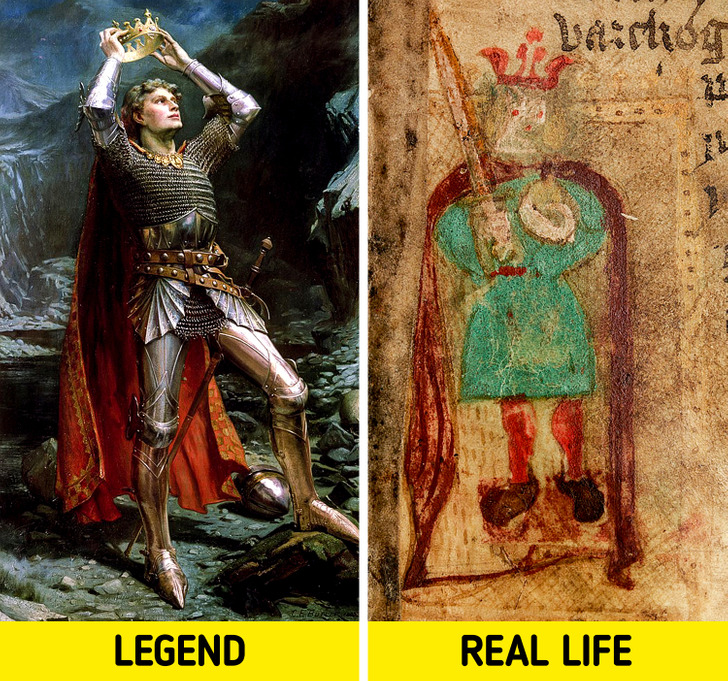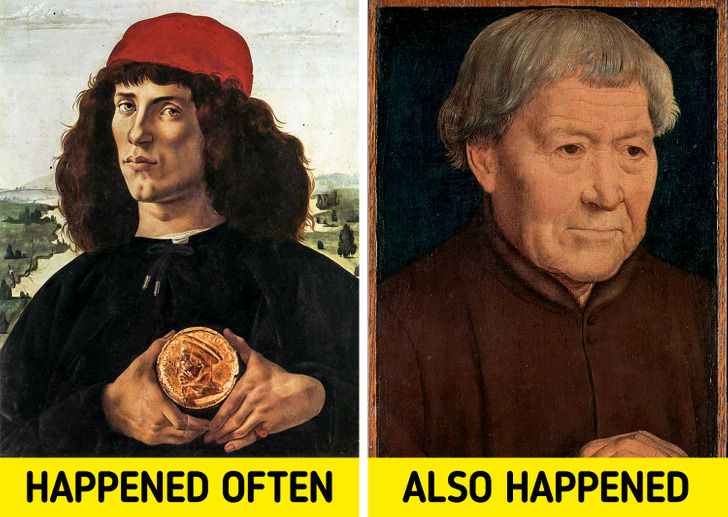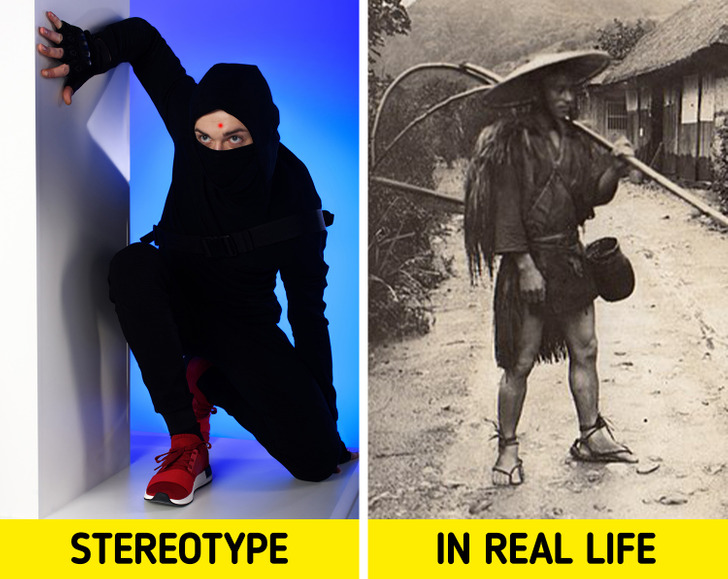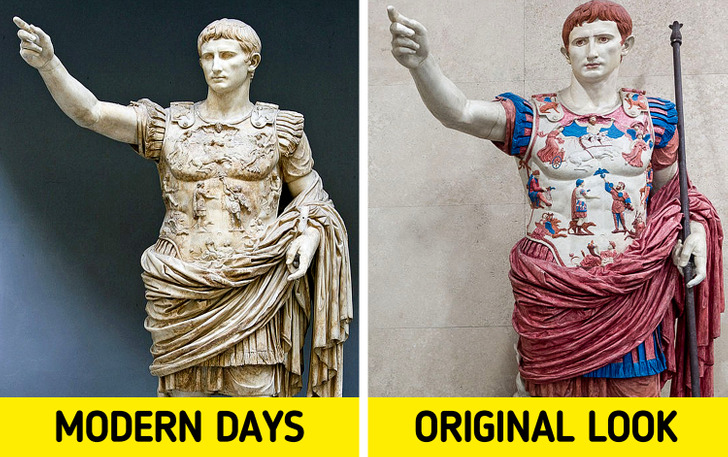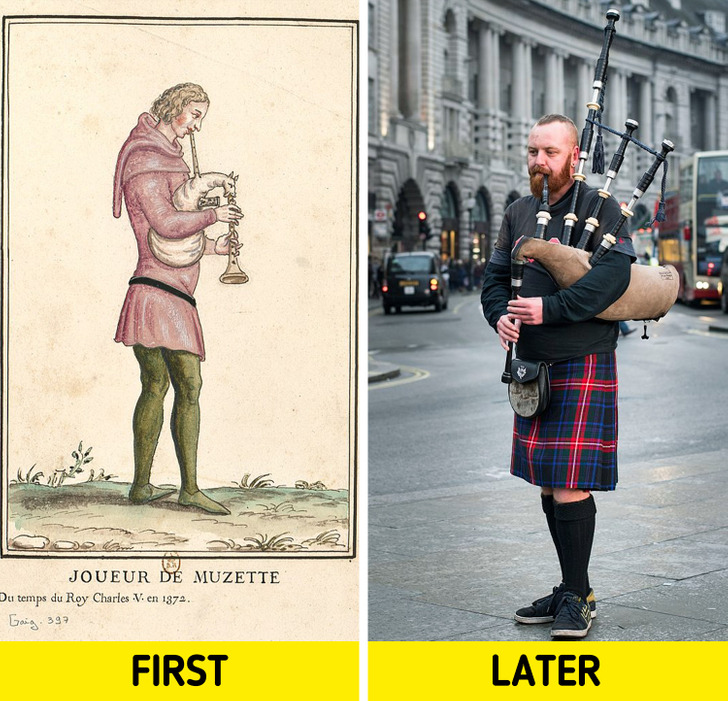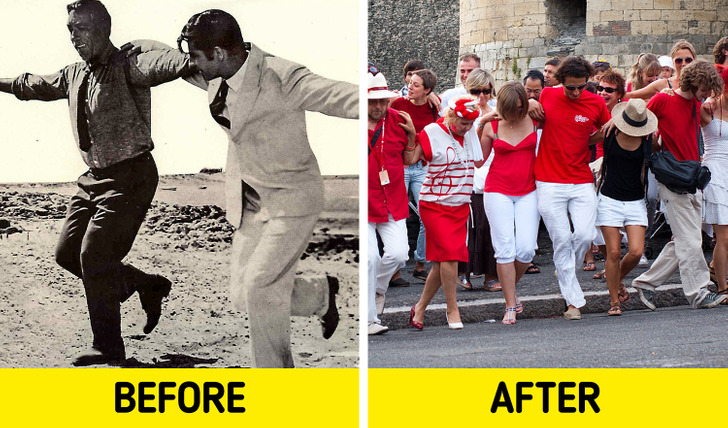8 Historical Myths We Still Believe In
The history of mankind can hardly be called the most exact science. But despite this, there are historical facts that few people have doubts about. We encounter them in popular culture. We believe in them and do not suspect that, in real history, everything was a little different.
5-Minute Crafts will tell the truth about the popular historical misconceptions we believe in.
Myth 1: King Arthur is a real person.
Many have read legends or seen films about the noble King Arthur, his trusted knight Lancelot, Queen Guinevere, and the wizard Merlin. In fact, these stories are fiction.
Despite centuries of controversy, scientists have been unable to confirm the existence of Arthur in real life. His name does not appear in the only surviving contemporary source about the real Saxon invasion (in which Arthur supposedly lived), which was described by the Celtic monk Gildas.
However, there is reason to believe that King Arthur may have been inspired by several different historical figures.
Myth 2: Columbus discovered America.
It is generally accepted that Christopher Columbus discovered America in 1492. However, this is not true. People have lived on this land for more than 15,000 years. Moreover, he never even set foot on the North American mainland. Instead, he landed on a small island in the Bahamas.
A group of Icelandic Norse explorers led by Leif Erickson visited American lands long before Columbus traveled. However, even they were not necessarily the first explorers to discover America.
Today it is difficult to accurately answer the question of who “discovered” America.
Myth 3: In the Middle Ages, people lived up to 30 years.
One of the popular myths about the Middle Ages is the myth about lifespans at that time. It is generally accepted that people then lived, at best, up to 35 years old and at 30 years old they were already considered old people. However, this is not true.
The fact is that 35 years was the average life expectancy at that time. This means that if the life expectancy of one child was less than one year, and the other lived to 70 years, then on average for 2 of them, it turned out to be 35 years. In the Middle Ages, the most difficult and dangerous were the early years. People who survived this period of life could very well live to old age.
Myth 4: Ninjas wore black clothes.
Black ninja gear is almost entirely a martial arts movie invention. This myth originates from the prop handlers of the Kabuki theater. The prop operators wore black suits in order to completely blend in with the black background and be “invisible.”
In fact, ninjas looked like ordinary people. They could transform and wear the clothing of artists, merchants, priests, or monks. These clothes did not arouse suspicion among the surrounding people and served as a cover.
When it comes to choosing a color, ninjas most often preferred red or dark blue.
Myth 5: Antique statues were white.
When we think of Greek or Roman statues, we probably think of majestic white sculptures. However, this is misleading. In fact, Greek and Roman statues were originally painted in bright colors.
Modern science allows you to find out how the sculptures looked originally. A battery of instruments including high-intensity charged lamps, and ultraviolet and infrared lamps are used for this.
Myth 6: In the Middle Ages, people didn’t bathe.
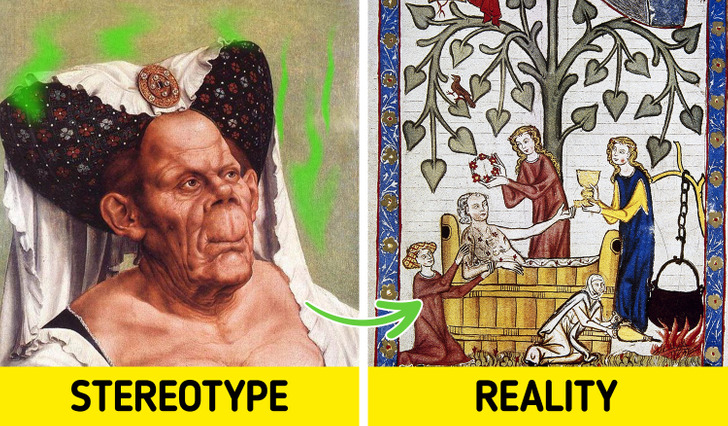
Assumptions about the uncleanliness of people who lived in the Middle Ages are greatly exaggerated. In fact, there is a lot of evidence that suggests otherwise. Personal hygiene and cleanliness were important aspects of medieval people’s lives.
Popular books recommended regularly changing your underwear, washing your hands, washing your face, and brushing your teeth after getting up. Medical collections contained recipes for whitening teeth and improving skin conditions.
Also, medieval people monitored the condition of their clothing, and often washed or had a washerwoman in the house. Many houses had wooden bathtubs for bathing, and later public baths appeared in the cities.
Myth 7: The bagpipe was invented in Scotland.
It’s hard to think of anything more “Scottish” than bagpipes. This instrument is directly associated with Scotland and it may seem that this country is the birthplace of this unusual instrument. However, how the bagpipe came to Scotland remains a mystery. In fact, the origins of this instrument can be traced back to the most ancient civilizations.
There are references to a bagpipe-like instrument in ancient Egypt. In 400 BCE, the “Pipers of Thebes” were blowing pipes made from dog skin with chanters of bone. The Roman emperor Nero is also mentioned as one of the most famous representatives of the flute.
Myth 8: Sirtaki is a traditional Greek dance.
There are over 4,000 traditional dances in Greece which are scattered throughout the regions of the country. Many of them are known all over the world and one of them is Sirtaki. However, contrary to popular belief, Sirtaki is not a traditional Greek dance.
Sirtaki didn’t appear until the 1960s. This dance was created by the outstanding Greek composer Mikis Theodorakis for the film Zorba the Greek. Even if you have not seen this film, you probably know what Sirtaki music sounds like.
